Tips for Healthy Houseplants
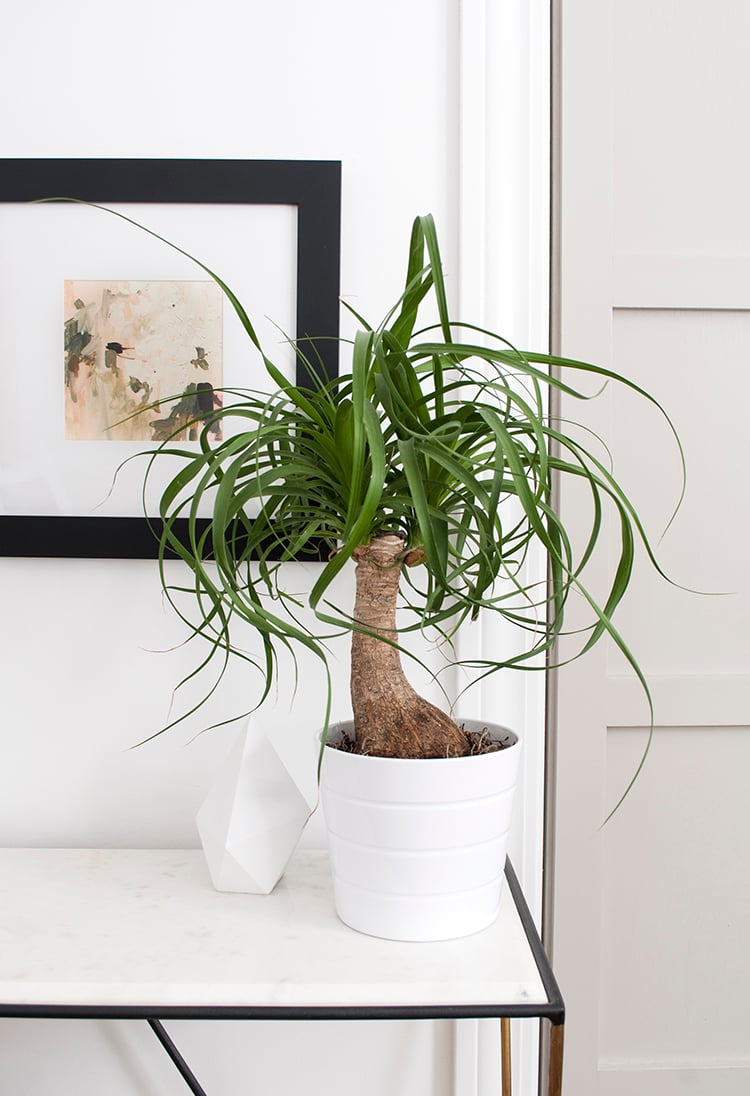
I’m a huge fan of houseplants. If you follow me on Instagram or Pinterest, you probably already know this. I’ve posted about them in the past (here and here), but recently I’ve had a lot of really great questions from readers asking how to maintain and grow healthy houseplants. If you hate houseplants and find this topic boring- stop reading now, haha! Otherwise, here we go.
I’ve definitely had my fair share of houseplant fails, but through trial and error- I feel like I’ve pretty much got it down! Although I’m no expert, these are some tips I find helpful.
01 : L I G H T I N G
Each plant has different light level requirements. It’s as simple as reading the tag or researching the plant to determine where it should live within your home. When thinking of light and the amount of sun your plant needs, consider the intensity or strength of light. Is it filtered through sheer drapery, direct sunlight, or reflected off of something? Don’t forget to turn or rotate your plant every so often, so it grows evenly. I rotate my fig tree every other month.
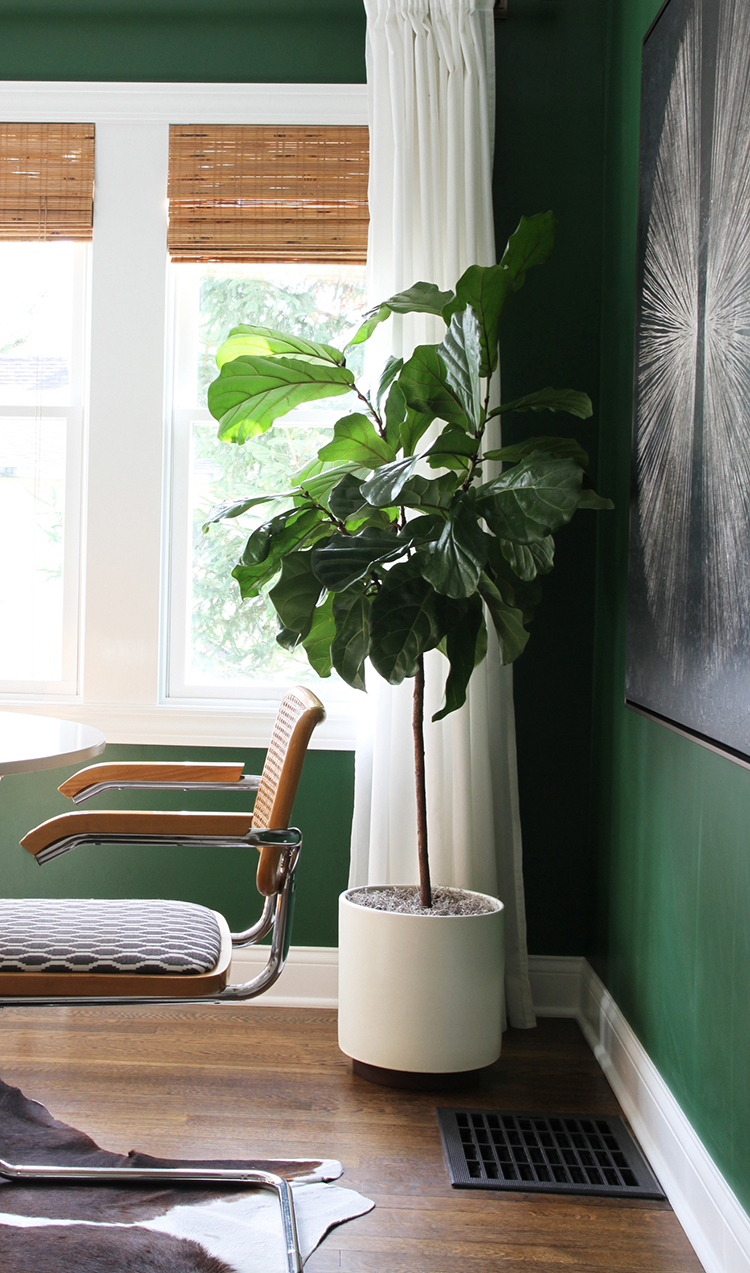
You should also determine the duration of sunlight you plant needs. Even if your plant is sitting directly on a window sill, will it be shaded for the majority of the day? Compare different sides of your home, like east versus south. This should really help you narrow down which plants will thrive in specific rooms. Don’t feel bad if you get it wrong at first… worst case scenario, you move them around until you find the right spot. I do this all the time; trial and error really is the best way to learn.

02: C L E A N I N G
Most people forget to clean their plants. Leaves often become dirty and dusty. This blocks sunlight, stunting their growth. Wipe the leaves with a damp sponge or towel. I usually just use warm water and a dish towel- no soap required! Not only will it make your house look tidy, I really can tell a difference in growth a couple weeks after cleaning.

For plants with smaller or spiky leaves, sometimes it just takes a feather duster or a gentle shake.
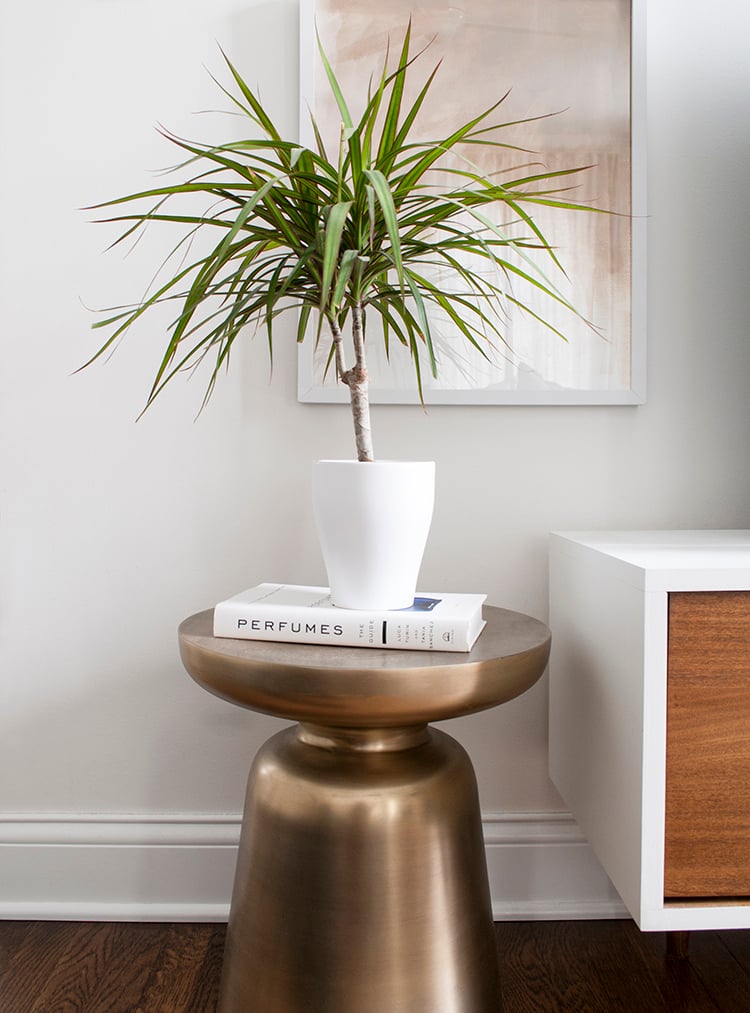
03: W A T E R I N G
Obviously all plants need water to survive, even those native to the desert. The tricky part is figuring out how often to water them and how much. Plants typically require less water in the winter than they do in the spring/summer, which is their growing season. Over and under watering is how the majority of house plants die. Sometimes I find it easiest to put them in the sink or shower and spray them down really well, while other times all it takes is a spray bottle.
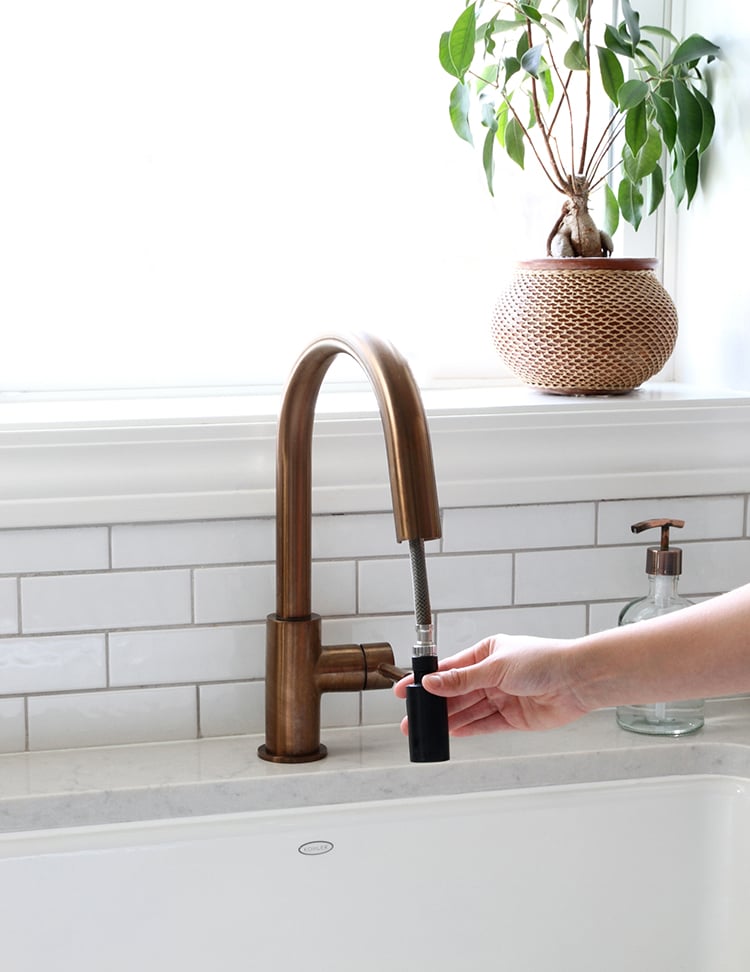
Again, you should research each specific plant, but my rule of thumb is to allow the soil to dry out before watering again. Be observant and monitor how your plant changes with more or less water. If it’s not doing well, make gradual adjustments. Sometimes I only water this little cactus once every other month!
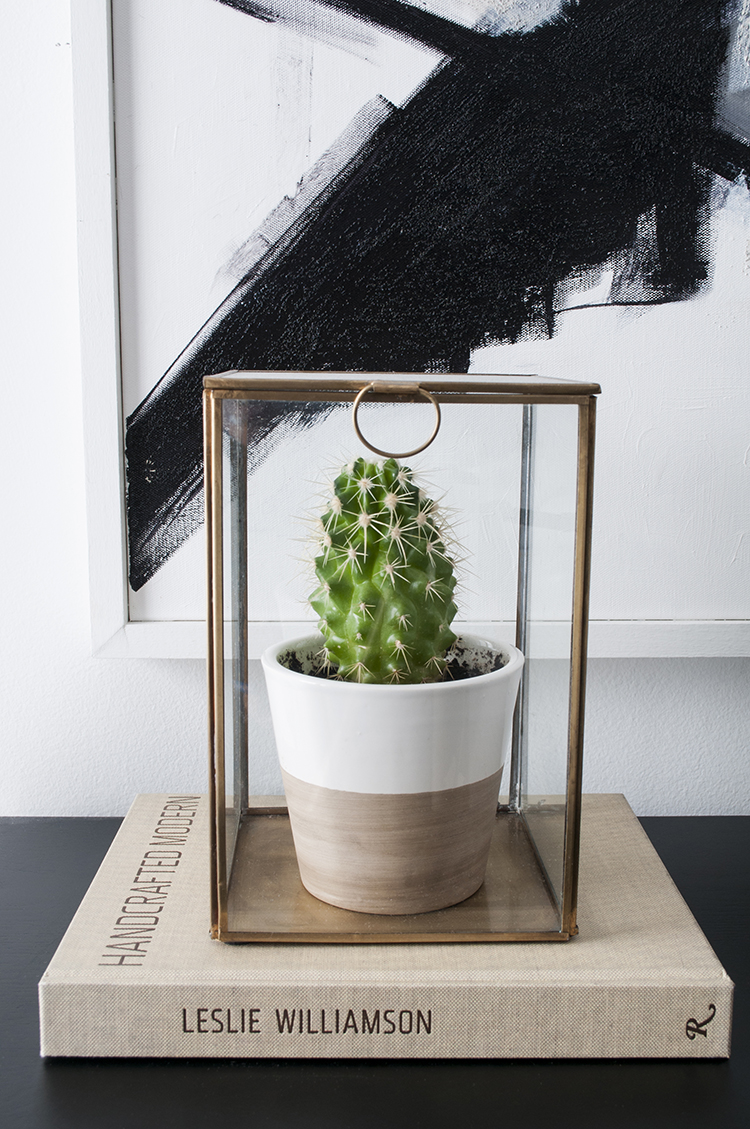
For air plants, submerge them in a sink of lukewarm water for 3-4 hours. They love a good soaking! I usually do this every other week, with regular spray bottle watering in between.
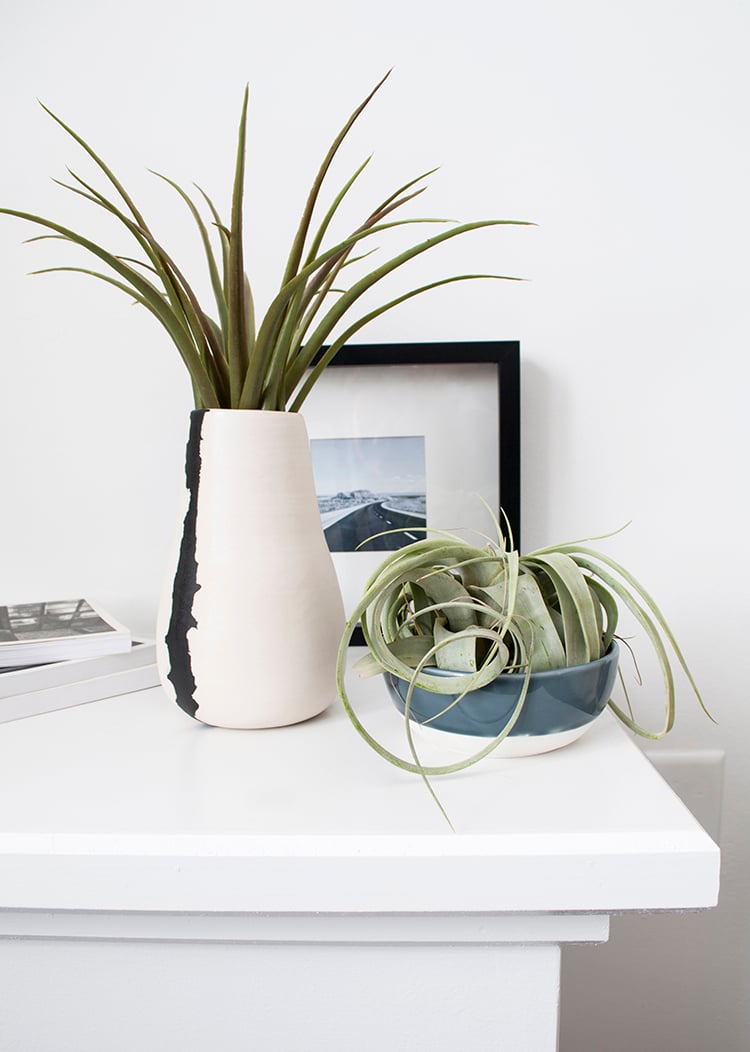
04: T E M P E R A T U R E
Most homes are warm enough to sustain any sort of houseplant; contrary to what you might believe, most houseplants dislike hot and dry environments. Don’t confuse full sun with a high temperature. Plants usually don’t do as well in the winter months because of the humidity. Our homes are very dry and we like to crank up the heat. Position your plant in a consistent climate- avoiding vents and drafts.
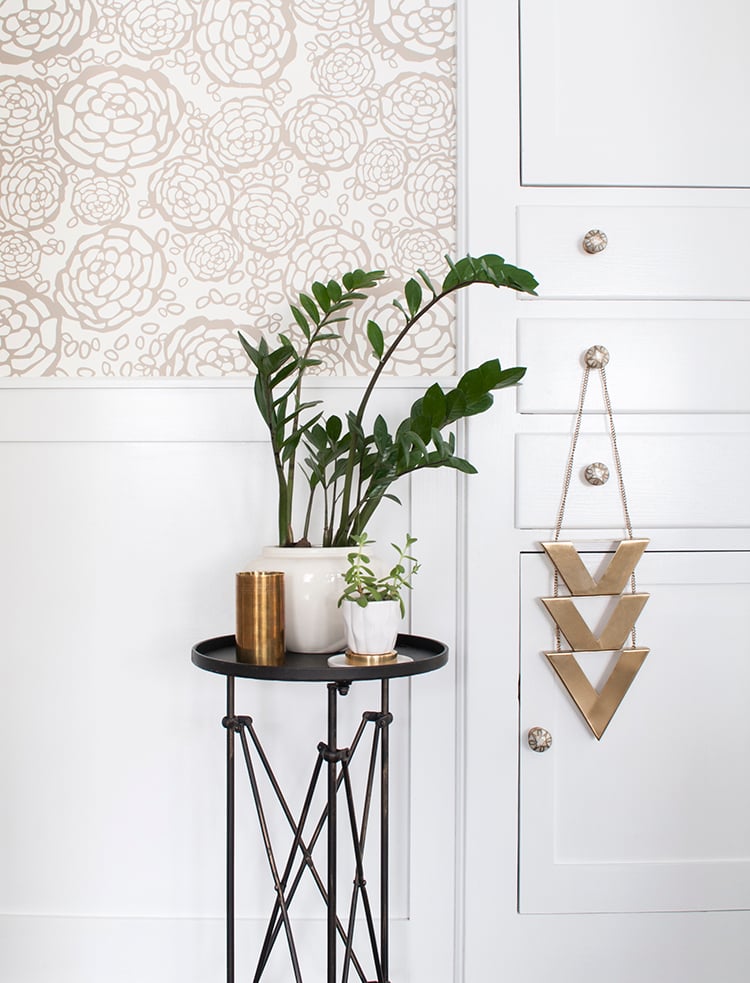
05: F E R T I L I Z I N G
I like fertilizing my plants every 3 months or so. I’m pretty religious about fertilizing my larger plants (snake plant, fig tree, etc). I’m also all about saving time, so I use Miracle Grow Plant Food Spikes because they’re super easy. Just follow the instructions on the box and you’re good to go! You literally just press a little spike into the soil. I have noticed a big difference in growth since I started fertilizing my plants. Just remember, never fertilize a plant that is too dry. Water your plants, then fertilize a couple days later.
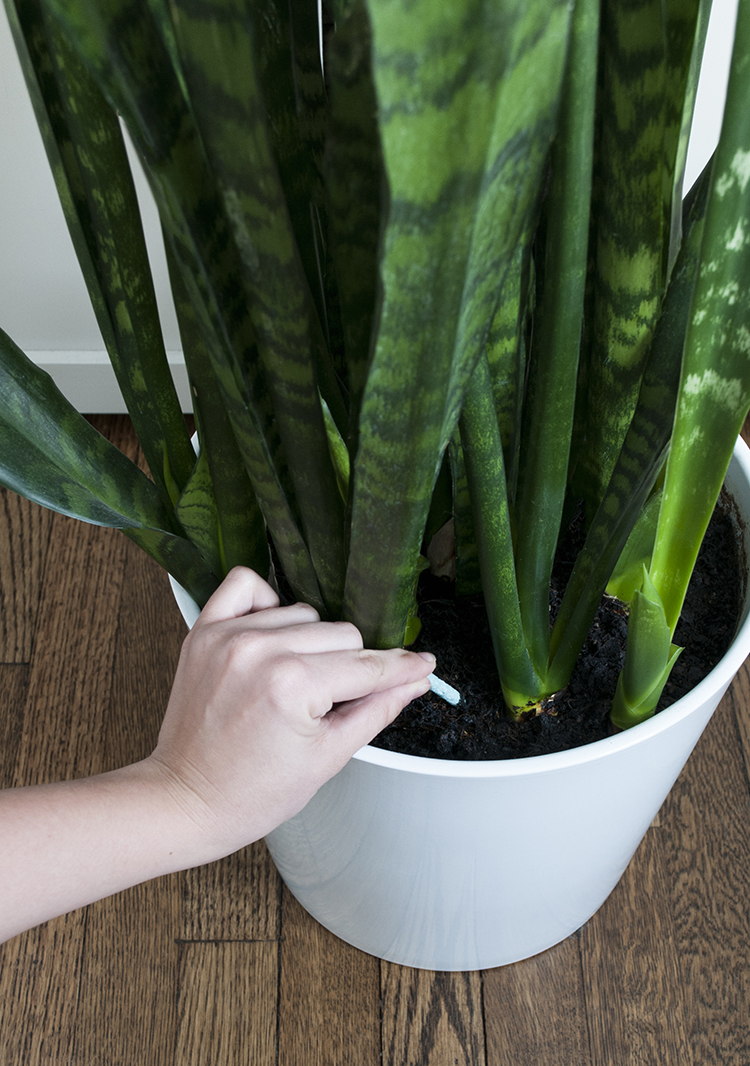
06: R E P O T T I N G
I’m not going to lie… growing up on a farm, I was raised on the Farmer’s Almanac. Some people think it’s crazy, but I still like to look at the best dates for things like repotting. Regardless if you do it by the book, don’t repot your plants in the winter. This is usually a dormant stage; it’s best to encourage growth during the plant’s natural growth cycle in the spring.
When increasing the pot size, too large can definitely be a bad thing- I learned this the hard way. Be sure to buy a planter that is 2″ – 3″ larger in diameter than your existing pot. This spring, I plan to replant this snake plant. It’s gotten so tall this past year and is definitely ready for an upgrade!
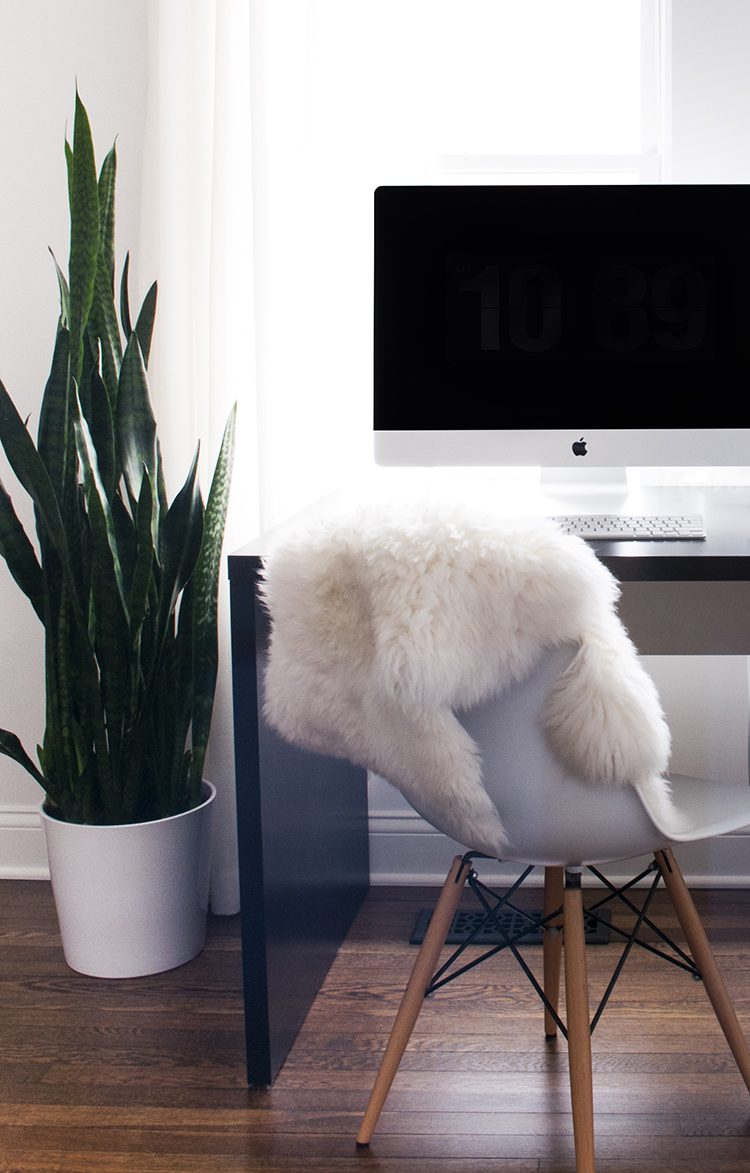
Remember to think about drainage when repotting. If you find an amazing planter you absolutely love, but it doesn’t have a drainage hole… no worries, don’t panic! In my experience, it really doesn’t matter that much. If you buy the correct type of potting soil, and add some gravel to the bottom of the planter prior to potting, it should drain just fine. My fig tree is super happy and it’s been in the same pot (with zero drainage) for over two years now.
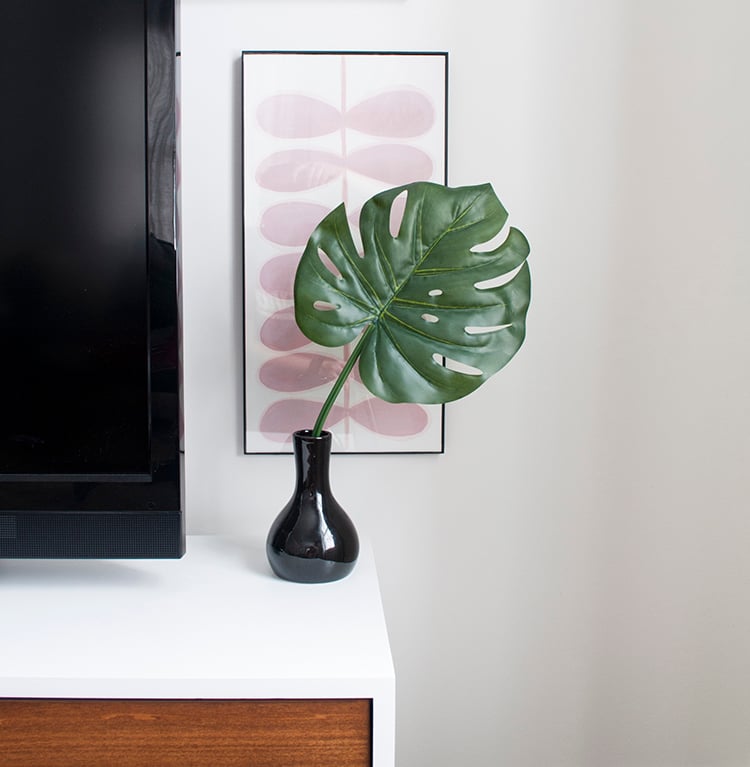
I don’t really spend too much time on my plants because I feel like if I ignore them, they do better. Seriously. It sounds crazy, but try not to over analyze anything. Don’t worry about watering them all the time, just let them go and experiment with different methods. Once you get the hang of it, you’ll fall into an easy routine.
If all else fails and you truly don’t have a green thumb, go faux! Would you believe me if I told you the above leaf is faux? Well, it is… you’ve been tricked! The only thing you have to worry about is dusting it. This is the only faux plant in my house, but they do make them rather convincing these days… so it’s another good option.
Let me know how it goes or if you guys have questions! Hopefully your plants will begin to thrive and you’ll start to notice a difference. I also signed up to write a couple guests posts for the Interior Collective again (cool quartz DIY coming soon!), so you can also find a version of this post over there.
*As seen on the Interior Collective.
